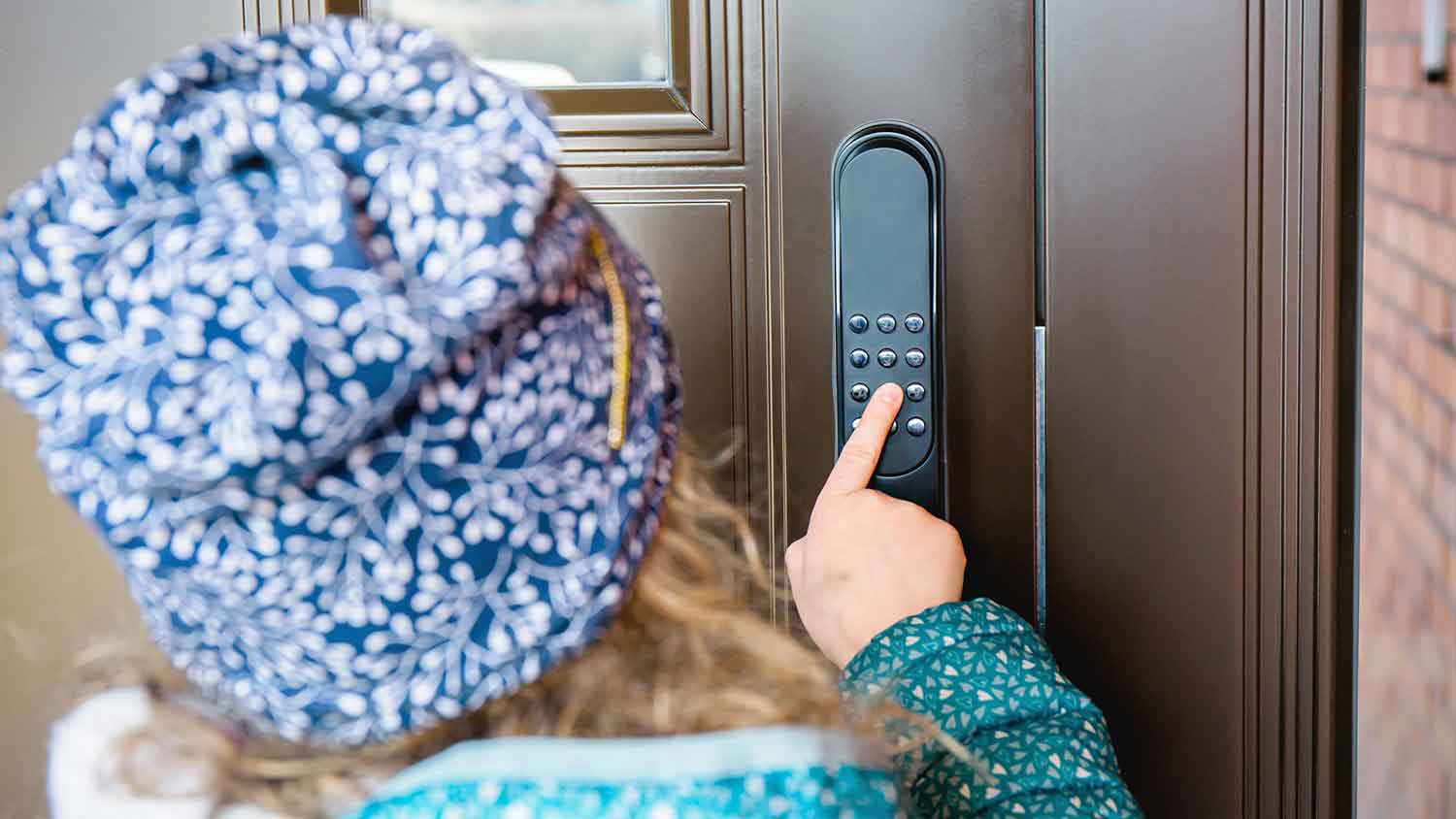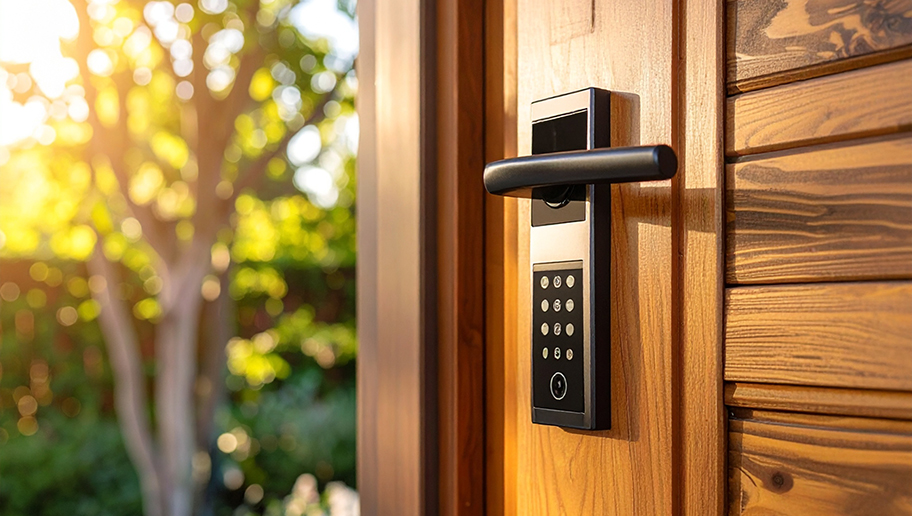
Discover the average deadbolt installation cost, price factors, and tips to save on your project. Learn how to budget for secure home upgrades.
This is the technique of choice for most burglars


Lock crunching is a technique in which the exterior of a lock is broken open so the internal workings can be easily picked
Locksmiths originated it, but it has been adopted by criminals around the world
Single-cylinder deadbolt locks are especially vulnerable to lock crunching
The best way to prevent lock crunching is to install and maintain secure locks on all your doors
Our minds can devise a million scary scenarios in which intruders enter our homes or property. Even though it isn’t likely (FBI crime data shows burglaries were at their lowest in a decade by 2020), chances are that the intruder will have used the lock crunching technique. If you’re scratching your head thinking, “What is lock crunching?” you’re not alone. Let’s dive into what lock crunching is and how to prevent it from happening.
This is one of the most common forms of forced entry, and it’s been around for decades. What used to be merely a trade secret among locksmiths has been adopted by thieves and criminals worldwide.
Lock crunching is a technique originated by locksmiths if a classic cylinder lock is difficult to open. It involves a combination of household tools and brute force to crush the lock's exterior and reveal its inner workings, which are then easily picked and opened in minutes or even seconds.
Cylinder locks are specifically vulnerable to lock crunching, as the metal tube containing the locking mechanism can be accessed in one location. Unfortunately, cylinder locks are one of the most common exterior door locks in the United States.

Generally, the best way to prevent lock crunching is to outfit your doors with secure locks that are less likely to be crunched and keep the locks well-maintained over time. Many types of deadbolts are on the market, and many beyond the single-cylinder deadbolt variety would do a good job of preventing burglaries.
Consider a rim deadbolt, electronic, or smart lock to avoid the vulnerability of a single-cylinder deadbolt lock on your door. There are also “anti-snap” locks on the market, which are outfitted with an extra-strong cylinder around the lock that is tested to prevent breaking by burglars using a lock crunching technique.
Consider installing a home security system. Research on alarm and security system efficacy has shown that they deter most burglars from breaking in. Another big advantage is that most modern systems are connected to smartphones, so you’ll be alerted when someone approaches your house, let alone tries entering. If you can afford the cost of a home security system, it’s probably well worth your peace of mind.
Once you understand the lock crunching techniques and their dangers, you’re better prepared to protect yourself. But the truth is, sometimes it’s hard to tell that your lock has been tampered with. Look for scratches, shiny metal edges, and bending or warping of your lock. If you see anything suspicious, take detailed pictures and notes of the evidence before calling your local police station (or 911) and filing a report.
When it’s time to reach out to a local locksmith to install a new lock, upgrade your security so this doesn’t happen again. A professional locksmith can confirm whether the lock was tampered with and offer new alternatives to better secure your home. Since this trade is very popular, you may want to research to ensure you choose a reputable locksmith by following our guide to hiring a reliable one.
From average costs to expert advice, get all the answers you need to get your job done.

Discover the average deadbolt installation cost, price factors, and tips to save on your project. Learn how to budget for secure home upgrades.

Uncover the cost of lock replacement. Discover labor, materials, and cost-saving tips for your next lock replacement project.

Wondering how much does it cost to copy a key? Discover prices, key types, and cost-saving tips to help you budget for your next key duplication.

Keypad door locks come in many models, both electrically powered and not. No matter which one you have, it’s easy to learn how to reset a door lock of any kind.

Is adding a double-cylinder deadbolt to an exterior door a good idea? Find out about the pros and cons of adding double-keyed deadbolts vs. single-keyed deadbolts to exterior doors for safety and security. Deadbolts with two keys pose unique challenges.

Discover how to fix a door lock. These steps provide expert guidance. Learn how to troubleshoot and repair common issues.